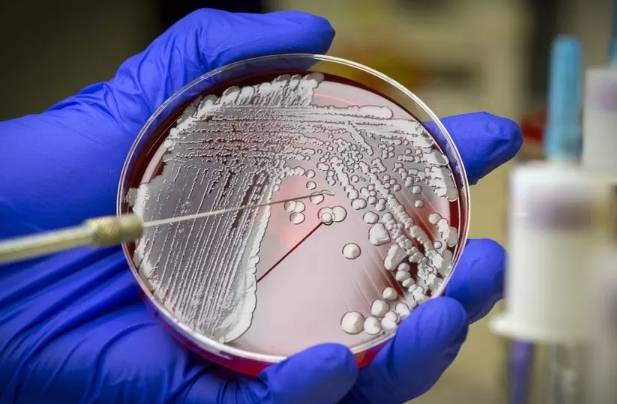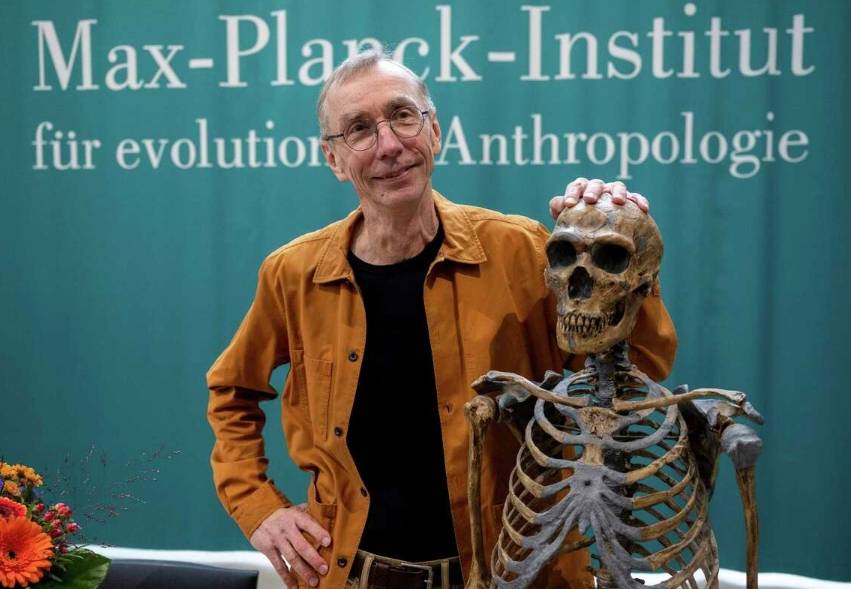
The year 2022 was marked by many negative headlines. Time for the MDR health magazine “Hauptsache Gesund” to spread good news at the turn of the year. We have put together the TOP 5 of medical innovations and research results for you – because in 2022 a lot of positive developments have taken place in this field.
“Oscar of Science” and Nobel Prize: Saxon Max Planck Institutes clear up
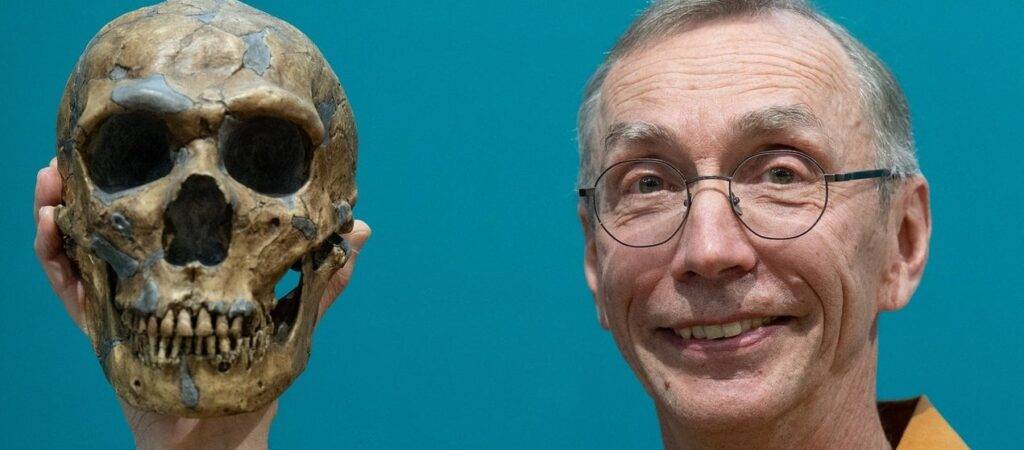
The Max Planck Institute took home the probably even more important title this year. First there was the Nobel Prize for Prof. Svante Pääbo. Born in Sweden, he has been Director of the Max Planck Institute for Evolutionary Anthropology in Leipzig since 1997. In October he received the Nobel Prize in Medicine for his decades of research in the field of human DNA.
A no less important prize went to Prof. Anthony Hyman, Director of the Max Planck Institute for Molecular Cell Biology and Genetics in Dresden, with somewhat less media coverage. Together with his colleague, he received the “Breakthrough Prize 2023” in Life Sciences. The award is considered the “Oscar of Science” and, at three million dollars, is the most valuable science prize in the world. Hyman received the award for describing membraneless liquid droplets – similar to oil droplets in water – that play a role in numerous cellular processes, for example in cellular signal transmission, cell division or regulation of DNA. Their discovery is a fundamental advance in understanding cellular organization and is expected to find clinical applications in the future, for example in neurodegenerative diseases such as ALS, an incurable degenerative disease of the motor nervous system that leads to spastic paralysis and progressive muscle wasting.
Insect protection from the 3D printer
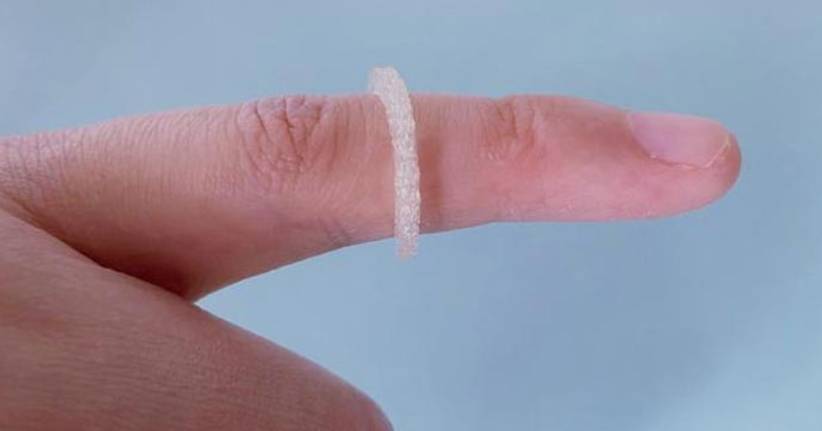
Summer time is mosquito time, no grilling without the pests that are not only annoying but can also be dangerous disease vectors for malaria, the West Nile virus or the Zika virus – all of which could soon be a thing of the past. Scientists at Martin Luther University Halle-Wittenberg have now used a 3D printer to develop a ring that can be worn on the finger.
The ring consists of a polymer in which the insect repellent “IR3535” is integrated. The agent is also the basis of many common mosquito sprays. The principle works as follows: The polymer continuously releases the insect repellent. At a body temperature of 37 degrees Celsius, the repellent lasts well over a week by slowly evaporating. Jewelery on your finger becomes a wearable insect repellent that keeps annoying mosquitoes away.
Do cancer cells die when a receptor is turned off?
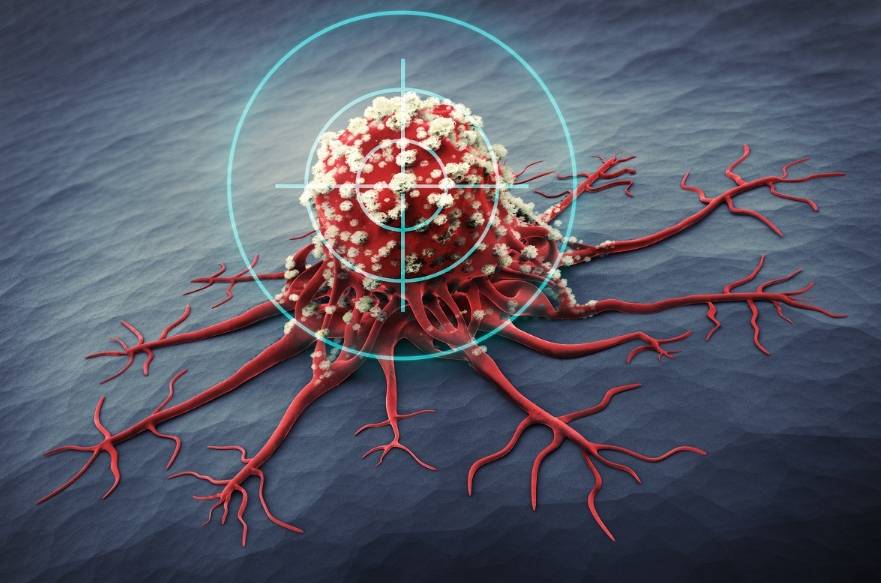
One of mankind’s great goals is to defeat cancer. Countless researches are going on all over the world. A big step in this direction could now have been taken in Leipzig. Cancer cells differ from normal cells in that they grow uncontrolled and much faster. This affects their metabolism, which regulates the high energy requirements of the cells.
Scientists at the Medical Faculty of the University of Leipzig have discovered that cancer cells need the so-called succinate receptor to control their metabolism. If this receptor is missing, the cancer cells die because they lose control of the metabolic processes – the researchers were able to prove this. The succinate receptor now represents a possible target for the development of new drugs. The inhibitors of the receptor must now be identified in further research work. If this is successful, there could be a breakthrough in cancer therapy.
“Dr. Hightech” vest monitors lung function
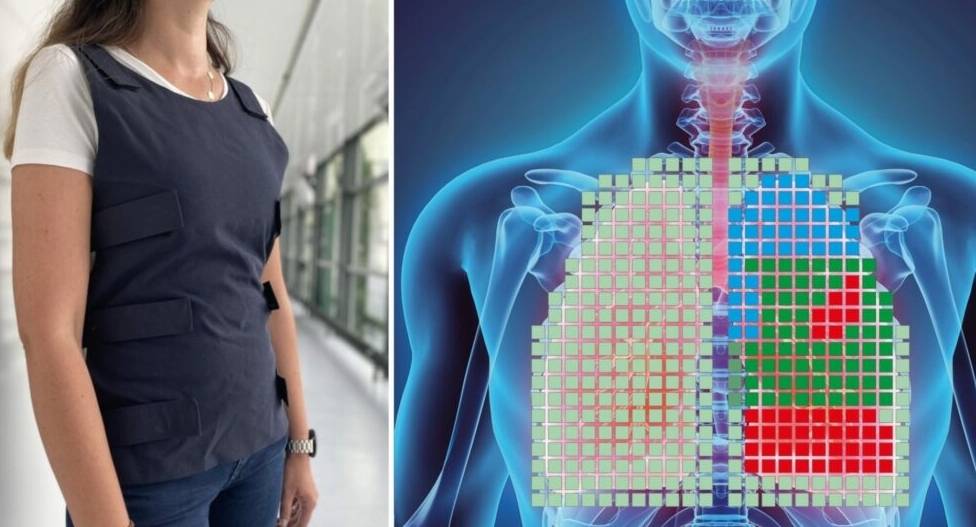
IKTS stands for the Fraunhofer Institute for Ceramic Technologies and Systems with offices in Dresden and Hermsdorf (Thuringia) and a branch in Berlin. IKTS developers have now invented a vest that monitors the lung function of patients. What the doctor usually has to do with the stethoscope himself is now done by the high-tech wearable. The vest is specially designed for patients who suffer from severe respiratory and lung diseases and who require intensive treatment and constant monitoring of their lung functions.
“Pneumo.Vest” is the name of the technology in which acoustic sensors record lung noise. The patient simply has to wear the textile vest. Software then converts the signals into a visual display. In this way, patients can be continuously monitored outside of intensive care units and their values checked. The technology expands diagnostic options for doctors and improves the quality of life of those affected. The first tests with staff at the Department of Intensive Care Medicine at the University of Magdeburg have been positive. Intensive care physicians also hope that the hospital staff will be relieved in the long term.
Mathematics and medicine go hand in hand in cancer therapy
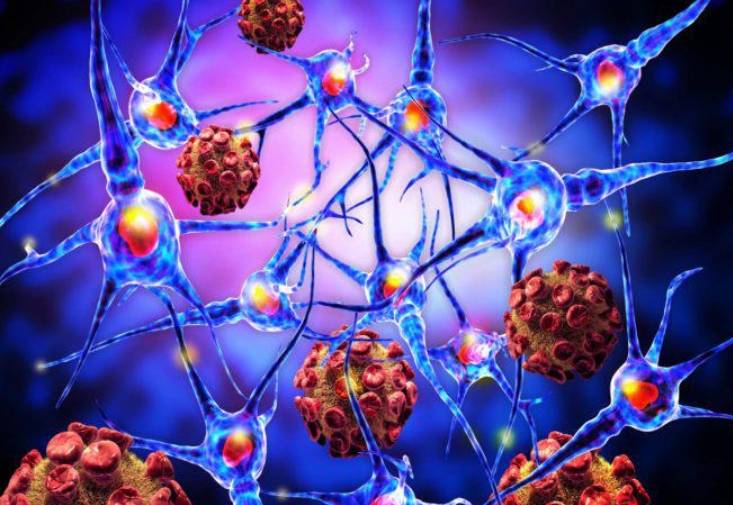
In the fight against cancer, more and more interdisciplinary work is being done – scientists from different disciplines are joining forces. For example at the Otto von Guericke University in Magdeburg. There, the mathematics professor Sebastian Sager had an idea: “As a mathematician, I asked myself why the principle of dynamic systems is not also applied in medicine – i.e. the interaction of influence and effect is taken into account in treatment,” says Prof. Sager. “We’re all familiar with the principle of swinging: The point at which we give the swing a boost affects how well it swings. Ultimately, chemotherapy is no different.” For this reason, scientists working with Prof. Sager have developed a computer model that will be used to treat leukemia patients much more gently and individually in the future.
The program works like this: A digital twin is created from the patient data of a patient and a virtual study is carried out on it. Various treatment methods are simulated under identical conditions in order to then use mathematical models to calculate the best time to start therapy, the duration of treatment and dosage for the patient. This calculation should then make it easier for doctors to plan the therapy for the patient as individually and as best as possible. Research on this is in full swing.

 Exploring the Enigma of ‘Blue Zones’: Global Hotspots for Longevity
Exploring the Enigma of ‘Blue Zones’: Global Hotspots for Longevity  Ethical Considerations in the Development of Future AI Assistants: Insights from Researchers
Ethical Considerations in the Development of Future AI Assistants: Insights from Researchers  AI Revolutionizes Agriculture: Robotics and Lasers Join Forces to Tackle Weeds Across Farmlands
AI Revolutionizes Agriculture: Robotics and Lasers Join Forces to Tackle Weeds Across Farmlands 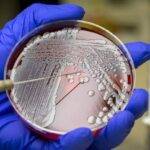 AI Unveils Groundbreaking Antibiotic Effective Against Superbugs
AI Unveils Groundbreaking Antibiotic Effective Against Superbugs 
